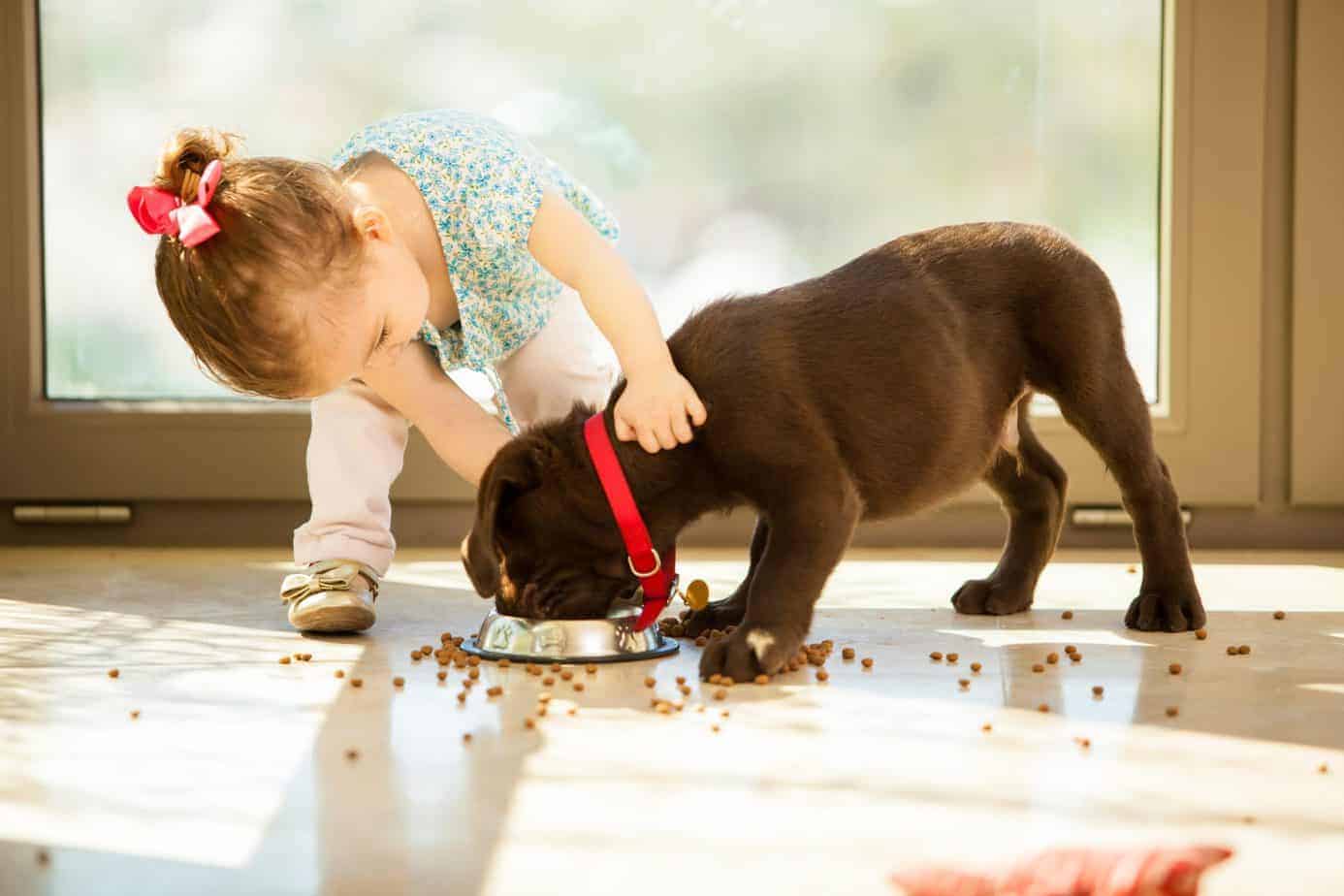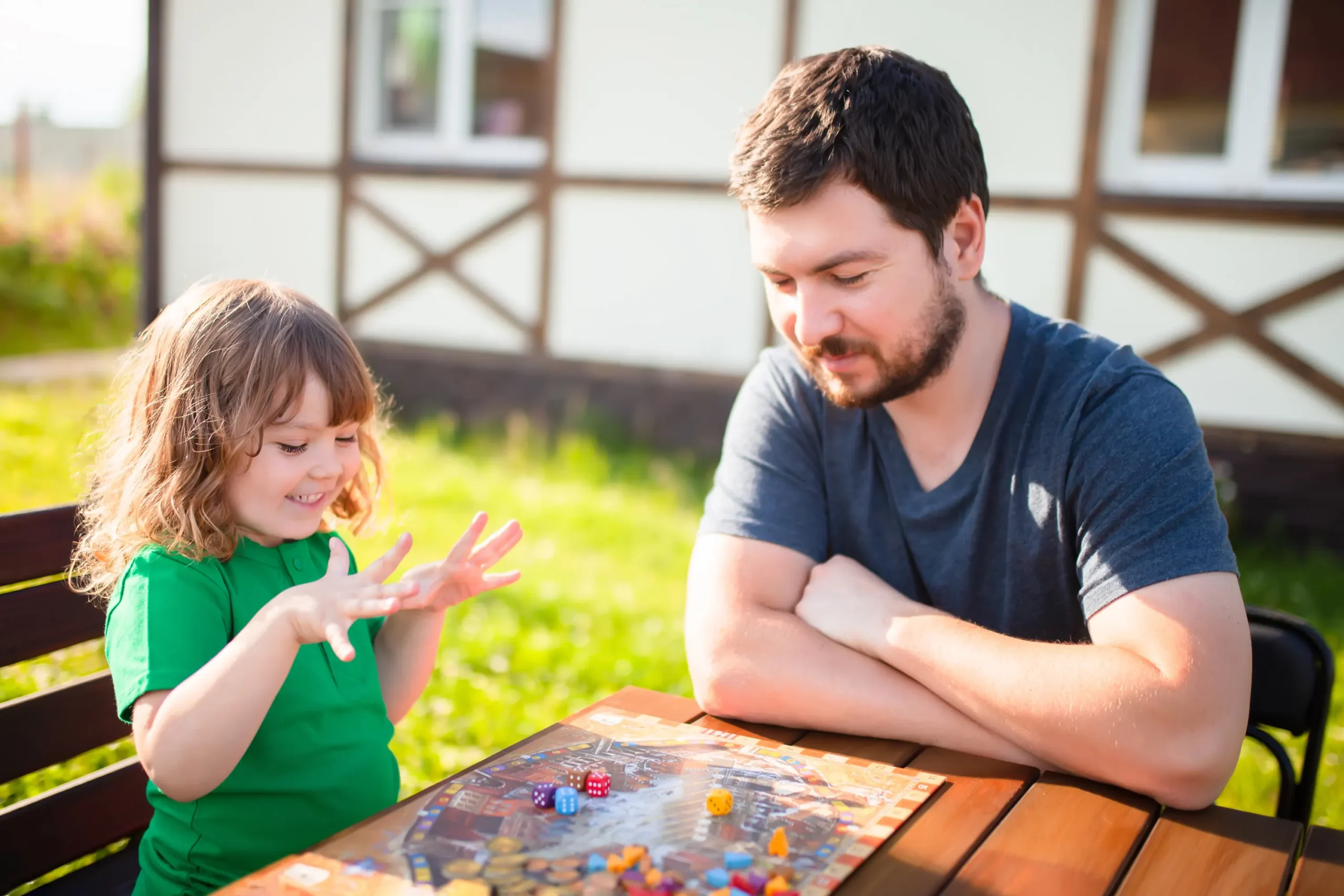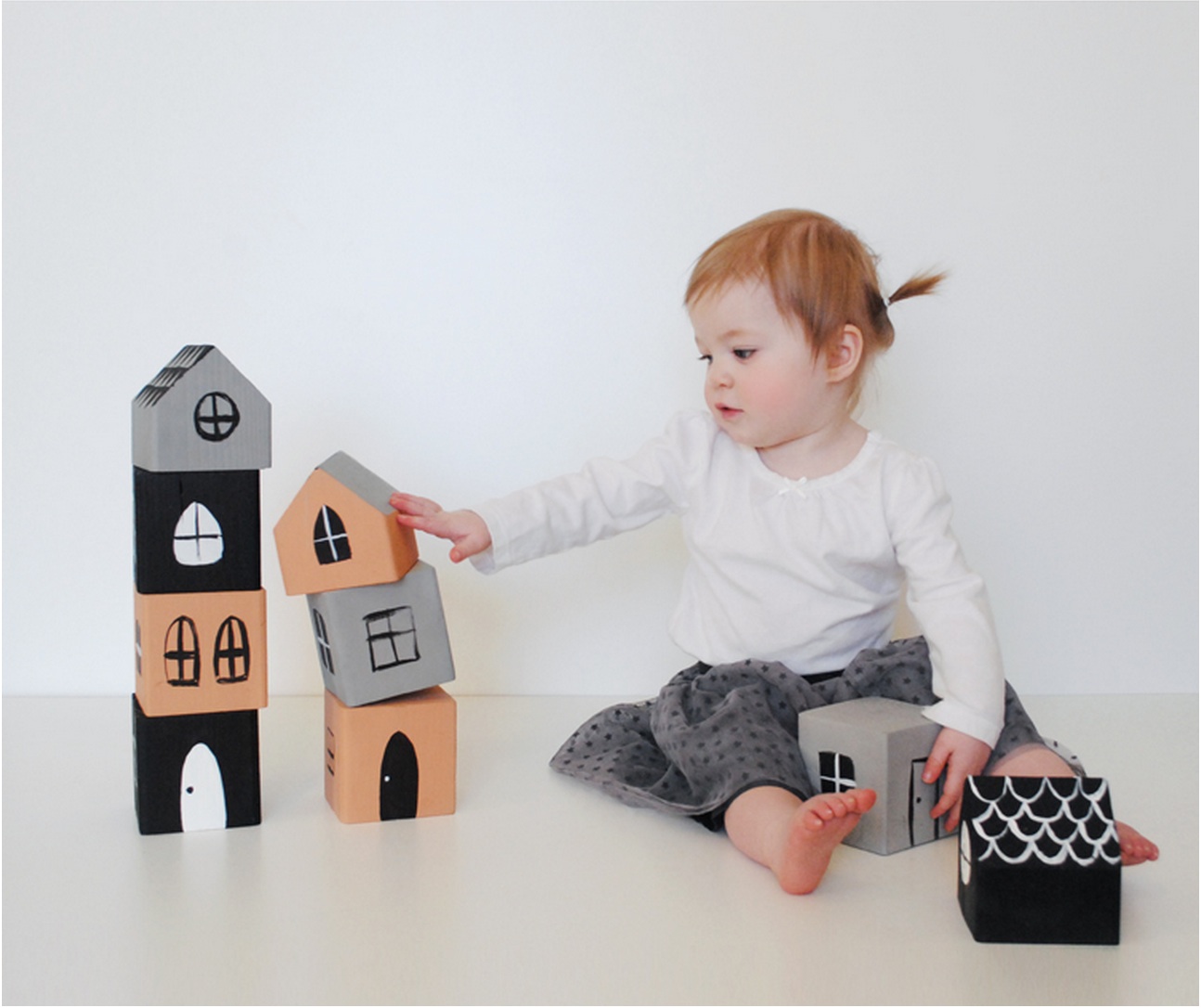
Teaching Responsibility: Kids and Their First Pets
Introducing a pet to your home is an exciting moment, especially for kids eager to care for their very own furry friend. Pets are not just cuddly companions; they’re teachers of life’s essential skills, like responsibility and empathy.
This blog will guide you through setting up your child for success as they learn the ropes of pet care — from feeding schedules to vet visits. Let’s discover how pets can shape your child into a responsible young adult!
Key Takeaways
- Pets teach children responsibility by requiring them to perform daily tasks like feeding, watering, and grooming, which affects the animal’s well-being directly.
- Age – appropriate tasks help kids gradually build skills; younger children can start with simple chores while older ones take on more complex care duties.
- Children learn valuable personal lessons through pet care, such as empathy, compassion, routine adherence, and time management.
- Encouraging pet care involves setting routines, positive reinforcement for a job well done, and guiding children when they face challenges with their responsibilities.
- Considering a pet’s maintenance level is crucial; low maintenance pets suit younger or busy families while high maintenance pets require more mature handling.
The Role of Pets in Teaching Responsibility
Caring for pets requires children to be consistent and attentive, which in turn fosters a sense of responsibility. From feeding the family dog to ensuring it gets regular exercise, kids learn that their actions directly impact the well-being of their furry companions.
This daily routine helps them understand the importance of reliability and discipline. As they provide necessary care like refilling water bowls or taking dogs on walks, youngsters come to realize that other living creatures depend on them.
Handling various pet-related tasks also builds self-esteem in young caretakers. They gain confidence as they master new skills and take pride in contributing to their pet’s health and happiness.
Moreover, children develop compassion by recognizing their pet’s needs and responding with kindness. This empathy often extends beyond interactions with animals into human relationships, enhancing social skills and emotional understanding.
Overall, being tasked with caring for an animal teaches valuable life lessons that shape responsible behaviors early in childhood development.
Age-Appropriate Pet Responsibilities
For younger children, age-appropriate pet responsibilities may include simple tasks like feeding and brushing the pet. Older children can take on more complex responsibilities such as walking the pet, cleaning cages or litter boxes, and scheduling veterinary care.
For Younger Children
Younger children can begin learning responsibility through caring for a family pet. It’s essential to match the pet-care tasks with the child’s development level and ability.
- Start by introducing simple tasks like refilling the water bowl or helping to measure out food, showing them how their actions help care for their furry friend.
- Encourage them to engage in daily petting and playtime, which builds a bond of companionship and teaches empathy.
- Assign age – appropriate grooming responsibilities, such as brushing the dog’s coat under supervision, teaching them about regular upkeep and hygiene.
- As they grow older, gradually increase their involvement by having them accompany adults on walks to foster an appreciation for physical activity and routine.
- Explain the importance of clean living spaces for pets and involve children in tidying up sleeping areas or organizing toys.
- Discuss with your child why regular visits to the vet are necessary for good health, preparing them for being proactive about veterinary care.
- Instill confidence by praising their efforts at taking care of a pet so that they feel valued and capable of managing responsibilities.
- Make note of any allergic responses during initial interactions with pets to ensure a safe environment free from allergens.
For Older Children
As kids grow, so does their ability to manage more complex tasks. Older children can embrace greater responsibilities with their pets, building valuable life skills along the way.
- Task them with creating a schedule for feeding times and ensure they stick to it, reinforcing the importance of routine and time management.
- Encourage older kids to measure out the correct amount of food for each meal, teaching them about proper nutrition and attention to detail.
- Assign the daily duty of refreshing the water bowl, highlighting the pet’s need for clean water and consistent care.
- Allow older children to take the dog on walks, instilling in them a sense of independence as well as appreciation for exercise and outdoor activities.
- Show them how to groom their pet properly by brushing its fur or cleaning its living space, fostering pride in keeping their companions comfortable and healthy.
- Teach them about monitoring the pet’s health by recognizing signs of common issues like colds or ear infections, promoting awareness and empathy towards others’ well-being.
- Give them responsibilities involved in training the family dog, such as teaching basic commands or positive reinforcement techniques, enhancing communication skills.
- Let older children participate in vet visits which can open dialogues about more serious topics like bereavement and coping skills when dealing with sick or aging pets.
- Support older kids in understanding emotional cues from their pets which develops compassion and unconditional love towards animals.
How to Encourage Children to Care for Their Pets
Encouraging kids to care for their pets requires a blend of support and guidance. Start with clear, easy-to-follow instructions that allow children to succeed.
- Set up a routine for pet – related tasks so they become a natural part of the child’s daily activities. Consistency helps reinforce responsibility.
- Show children how to care for pets by doing it with them at first. Demonstrating tasks like feeding or grooming makes learning easier.
- Use positive reinforcement when kids do well. Praise their efforts, offer small rewards, or give extra playtime with the pet as incentives.
- Create a chart with check marks or stickers to track pet care tasks, providing a visual sense of accomplishment.
- Discuss the importance of care activities in terms kids understand, explaining how each task keeps their pet happy and healthy.
- Empathize with feelings of frustration if tasks are challenging and offer solutions together instead of giving orders.
- Offer age – appropriate educational materials about animals so kids can learn more about their pet’s needs and behaviors.
- Involve children in selecting toys and accessories for their pets, which can increase their interest and attachment to the animal’s well-being.
- Address issues such as allergies by teaching children how to manage them while still caring for their pets responsibly.
- Include discussions about the grieving process if a pet is lost or passes away; this prepares them emotionally for various aspects of pet ownership.
Addressing Lapses in Responsibility
It’s important to address any lapses in responsibility when it comes to caring for a pet. Reassess the assigned tasks and make adjustments as needed. Communicate openly with your child about the importance of fulfilling their duties, and offer gentle reminders or additional guidance if necessary.
Encouraging a sense of accountability from an early age will help instill lifelong values of compassion and dependability in children.
Low to High Maintenance Pets
Before getting a pet for your child, it’s important to consider the level of maintenance required. Some pets, like fish and cats, are low maintenance, while others, like dogs and reptiles, require more time and effort.
Understanding the needs of different pets can help ensure a successful pet ownership experience for both children and parents.
Low Maintenance Pets
Low maintenance pets, such as fish or small rodents, are suitable for young children as their first pets. These pets can teach children about responsibility through simple care tasks like feeding and cleaning their habitat.
- Low maintenance pets like fish or small rodents are ideal for young children aged 2 – 4, who can help with basic care under parental supervision.
- Children aged 6 – 10 can take on more responsibility for low maintenance pets with minimal supervision, providing opportunities to learn about compassion and respect.
- Families with busy schedules or limited space can consider low maintenance pets as a good option for introducing their children to pet ownership.
- Even though they require less time and effort, low maintenance pets still offer valuable lessons in empathy and trust for children of all ages.
Average Maintenance Pets
Moving on from low-maintenance pets, average maintenance pets require regular care and attention to thrive. They provide an excellent balance for children who are ready for more responsibility while still needing guidance in caring for a pet. These pets include:
- Small rodents like gerbils and hamsters, which need daily feeding, cleaning of their cages, and interaction.
- Birds such as parakeets or cockatiels, which require daily feeding and regular cage cleaning.
- Fish in a well – maintained aquarium, needing daily feeding and scheduled tank cleanings.
High Maintenance Pets
High maintenance pets, such as horses or parrots, require significant time and effort from both children and parents. Parents should carefully consider the child’s maturity, sense of responsibility, and the impact on the family before bringing a high-maintenance pet into the home.
- High maintenance pets demand daily care and attention, including specialized feeding, grooming, and exercise routines.
- Children with high maintenance pets need to understand the financial commitment involved in providing proper care for these animals.
- These types of pets may have strict dietary and environmental needs that require consistent monitoring and adjustments.
- Children with high maintenance pets must be prepared to invest time in training and socialization to ensure the pet’s well-being and safety.
- The death of a high – maintenance pet can provide an opportunity for parents to teach children about the grieving process and the responsibilities associated with caring for living creatures.
Additional Benefits of Children Owning a Pet
Owning a pet offers many additional benefits for children, beyond just learning responsibility. Research shows that kids who grow up with pets have a reduced risk of developing allergies and asthma due to the exposure to pet dander and other allergens from an early age.
Moreover, having a furry friend can also aid in reducing stress and anxiety in children, thereby contributing to their overall emotional well-being.
Furthermore, studies indicate that children who interact with pets tend to have better social skills and higher empathy levels. Caring for a pet helps kids learn how to interpret non-verbal cues effectively – such as understanding when their furry friend wants attention or needs food – which can be instrumental in enhancing their communication skills with people too.
In conclusion, parents play a crucial role in guiding children towards pet ownership. Encouraging and fostering responsibility in kids through the care of pets is an invaluable life lesson.
Teaching children to care for their first pets helps instill essential values that they can carry into adulthood. It’s important for parents to consider both the needs of the pet and the capabilities of their child when introducing them to new responsibilities.
Helping children develop empathy, respect, and commitment through pet ownership sets a foundation for a lifetime of compassionate and responsible behavior.
FAQs
1. Why is having a first pet important for teaching kids responsibility?
Having a first pet helps teach kids about responsibility because they learn to care for another living being by feeding, cleaning, and providing proper sensory processing environments suitable for the pet’s health.
2. What are good pets to start with for younger children like those in preschool?
Guinea pigs and other small animals can be great starter pets for preschool-aged children as they’re manageable and help kids understand the basics of caring and taking on daily responsibilities.
3. Can teens learn about online safety through owning exotic animals?
Yes, when teens own exotic animals, it’s important they follow compliance with the Children’s Online Privacy Protection Act (COPPA) if they wish to share information or images of their pets via e-mail or online platforms.
4. How do babies benefit from being around family pets?
Babies can benefit from being near family pets as it might enhance their sensory development and provide early exposure to relationships based on caregiving reasons that set a foundation for responsible behaviors later in life.




